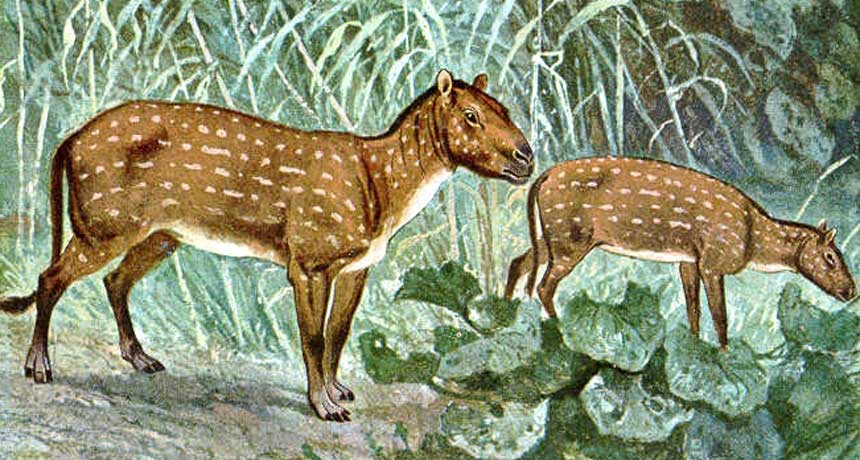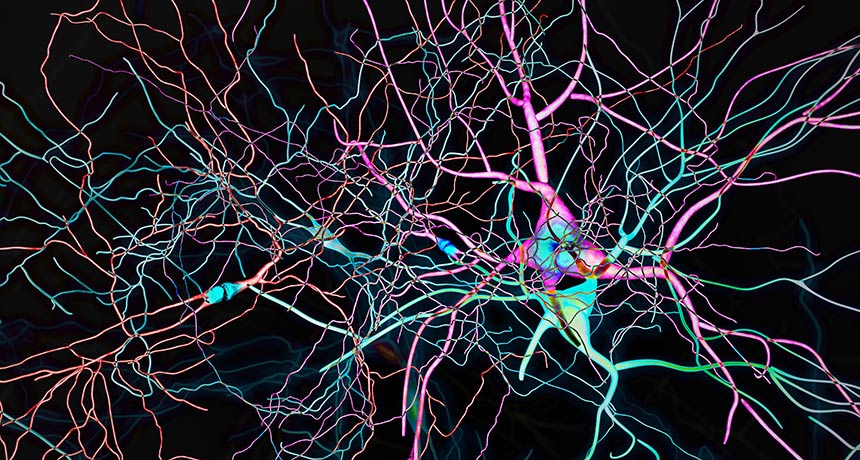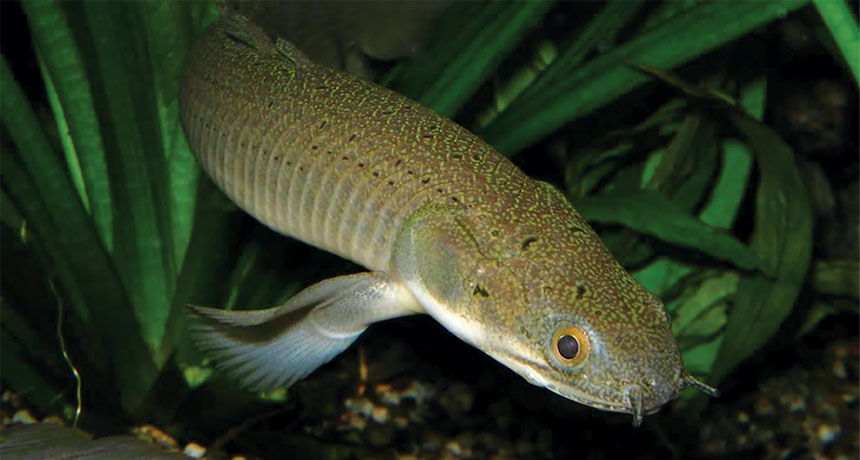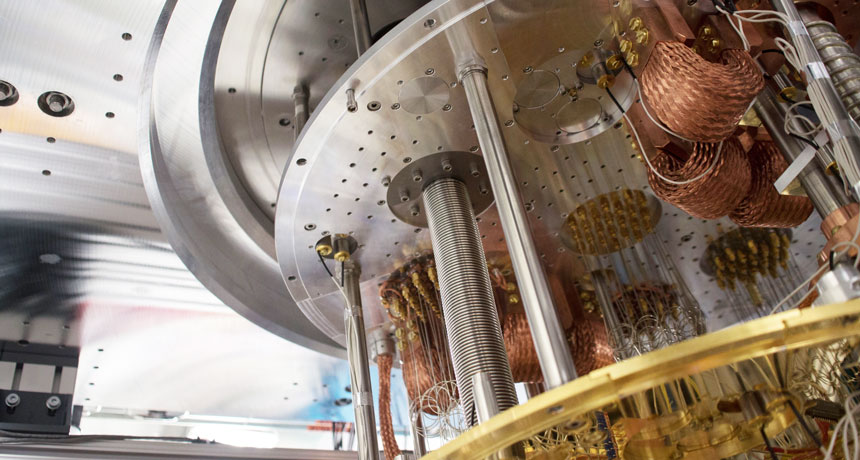How horses lost their toes

Horses can leap over high hurdles, gallop at speeds of up to 70 kilometers per hour and haul around up to nearly 1,000 kilograms of body weight — and all with just one big toe on each foot. Now, a new study published August 23 in Proceedings of the Royal Society B helps explain why: Streamlined digits improved horses’ strength and speed.
Along with zebras and donkeys, horses are among the few single-toed creatures in the animal kingdom. Scientists have long suspected that horses’ single, hoofed toes helped them run farther and faster over grasslands, letting them flee predators and find fresh forage. But the hypothesis that having one big toe is better than having several, biomechanically speaking, has never been directly tested.
“This study takes an important step” toward resolving why horses shed digits during their early evolution, says Karen Sears, an evolutionary biologist at UCLA.
Ancient horses had a lot of toes to lose. The dog-sized Hyracotherium, which lived about 55 million years ago, had four toes on its front feet, and three on its back feet. Merychippus, which lived about 10 million years ago, resembled a modern horse but had three toes, including one long middle digit with a protective, toenail-like hoof at the end. The only surviving horse genus, single-toed Equus, emerged about 5 million years ago.
“If you look closely, you can still see the vestigial remnants” of a bone that would have led to a side toe on a modern horse’s foot, says Brianna McHorse, a paleontologist at Harvard University.
To retrace the evolution of horse toes, McHorse and colleagues used CT scans to capture the internal structure of fossilized foot bones from 12 kinds of extinct horses. They also analyzed the feet of the closely related Central American tapir, which are oddly toed like Hyracotherium. A computer simulation then let researchers estimate how the bones would respond to the stresses of locomotion for each species, such as jumping over a hurdle or accelerating into a gallop. Then the scientists compared what happened when they applied the animal’s full body weight to just to the central toe, or spread it among multiple toes.
Side toes significantly increased the early horses’ ability to bear their own weight, the team found — the central toe of early horses would have fractured without help from other toes. As the era of modern horses approached and side toes dropped away, however, the middle toe bone grew thicker and hollower. These changes made the single-toed foot nearly as sturdy — resistant to bending and compression — as multiple toes.
As horses’ legs grew longer, the extra toes at the end of the limb would have been “like wearing weights around your ankles,” McHorse says. Shedding those toes could have helped early horses save energy, allowing them to travel farther and faster, she says. The study can’t determine what changes came first — whether bulking up the middle toe drove the loss of side toes, or the loss of side toes caused changes in the middle toe.
Horses aren’t the only animals to have lost toes or fingers to the evolutionary chopping block. “Digits have been lost many times in animals that walk, run, hop and fly,” says Kim Cooper, a biologist at the University of California, San Diego. Modeling how forces of locomotion act on an animal’s bones — living or extinct — could help scientists understand why.






